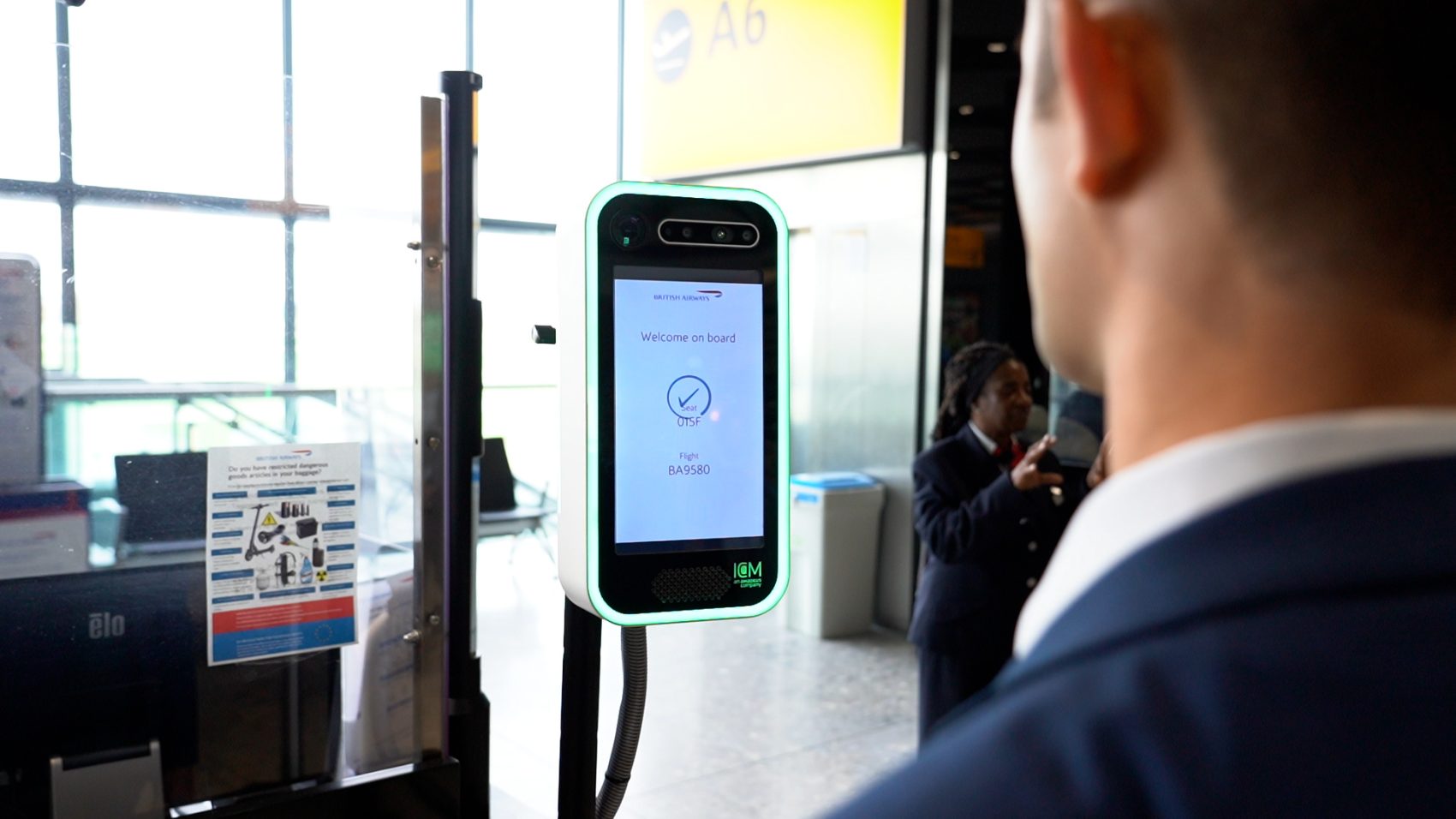
The Worldwide Air Transport Affiliation (IATA) known as for the speedy adoption of digital identification applied sciences at this time, nineteenth March, in Sydney, Australia.
These applied sciences are needed for enhancing aviation safety and operational effectivity worldwide.
IATA made the decision to aviation {industry} leaders through the Sydney Leaders’ Week Convention hosted by Qantas.
Members supported this place, emphasising the necessity for collaboration in implementing Verifiable Credentials (VC) and Decentralized Identifiers (DIDs).
Key advantages of identification tech to the worldwide aviation sector
It’s broadly accepted that digital identification can convey the next advantages to aviation safety:
- Stronger Doc Integrity: Lowering fraud and unauthorized entry.
- International Belief: Enabling safe, cross-border, interoperable identification verification.
- Operational Effectivity: Streamlining doc verification for a smoother passenger expertise, strengthening regulatory oversight, and optimizing useful resource allocation.
In line with IATA senior vice-president for operations, security, and safety Nick Careen: “International cooperation retains flying safe. Adopting Verifiable Credentials and Decentralized Identifiers requirements is a pure subsequent step in reinforcing safety, belief, and effectivity. Each aviation stakeholder desires flying to be much more safe—which crosses geopolitical divides. The expertise is prepared and confirmed. We now must take the momentum of this assembly and work in the direction of acquiring a advice on the upcoming ICAO meeting later this yr.”
Digital transformation is vital to boosting safety
Aviation safety leaders on the convention likewise recognized key actions for governments to drive the {industry}’s digital transformation.
These embrace:
- Quick-Monitor Expertise Integration: Incorporate VC and DID applied sciences into nationwide and worldwide safety frameworks, aligning with ICAO Annex 17 and Plane Operator Safety Packages (AOSP).
- Prioritize Aviation Digital ID Use Instances: Combine aviation digital identification options into nationwide digital methods to reinforce international cooperation.
- Put money into Capability Constructing: Allocate sources to equip {industry} stakeholders with the mandatory information and infrastructure for seamless implementation.
- Improve Stakeholder Engagement: Promote consciousness and industry-wide adoption of digital identification options by means of focused schooling and outreach.
So as to make this attainable, IATA’s One ID initiative promotes globally interoperable digital identification requirements, enabling passengers to confirm their journey paperwork earlier than departure and transfer by means of the airport utilizing biometric recognition as a substitute of bodily paperwork.
One ID works in concord with ICAO’s Digital Journey Credential making certain safety and effectivity whereas sustaining privateness and compliance with international rules.
IATA can be advancing its Aviation Safety Belief Framework, which sees regulatory alignment, cross-sector collaboration and infrastructure as essential parts to understand the advantages of digital identification in international aviation.




